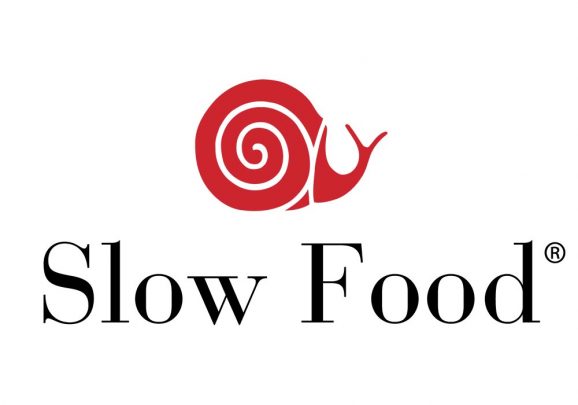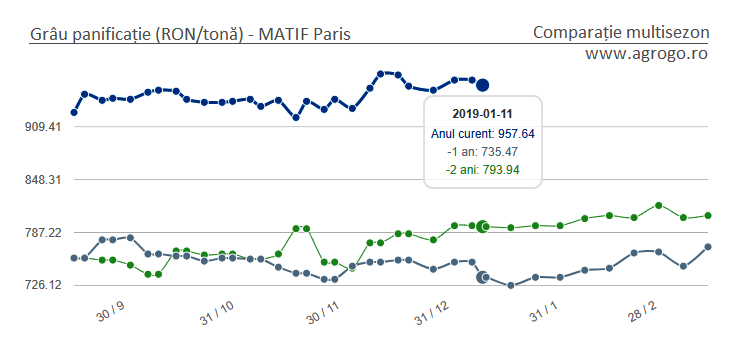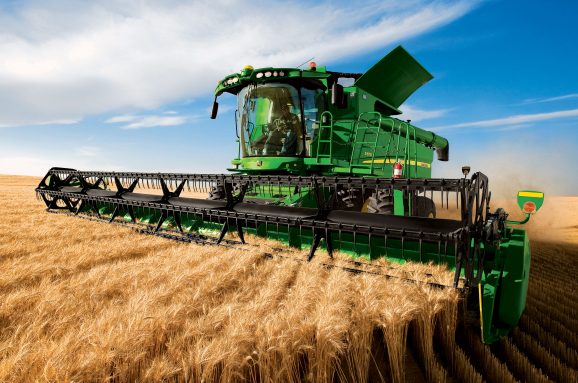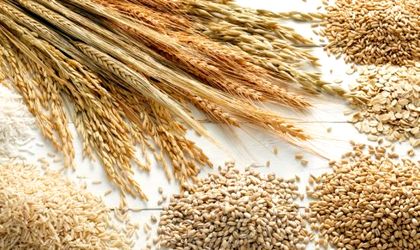Next monday, June 3rd, Anca Maria Vladoi (third generation of winemaker), will come to our headquarters in Crucea to welcome Slow Food Chapter and Bio Farm’s guests.
His grand father, Niculae Vladoi, was a passionate viticulturist who brought with him the love for wine and grapes, setting up at “Siminoc” the first vineyard consisting of hybrid and noble breeds. Although a great part of the vineyard was confiscated during the Communist regime, the passion continued to exist, even if it came down to the little vineyard they had next to the family’s house.
After the Communist regime ended in 1989, the family reacquired the legacy left by Niculae Vladoi: a 19 hectares old and debilitated vineyard from which the family will produce the first wine in 1995. In 2005, the Vladoi family decides to replace all the existing vine shoot with breeds that had a greater capacity to accumulate aromas and sugar, at the expense of quantity.
The modernization project for the winery was approved in 2009. A drip irrigation system was put in place and a new viticulture tractor and other gears were bought. The funding obtained through the modernization project helped the family to create a young grapevine consisting of superior breeds. Since then, the grapes have been processed on a performant production line including stainless steel fermentation tanks, pneumatic grape press and other facilities that are required to produce high quality wines.
In this manner, at Siminoc arose a modern winery where the grapes have been harvested from the family’s plantation and turned into premium wines.
Welcome DOMENIUL VLADOI










